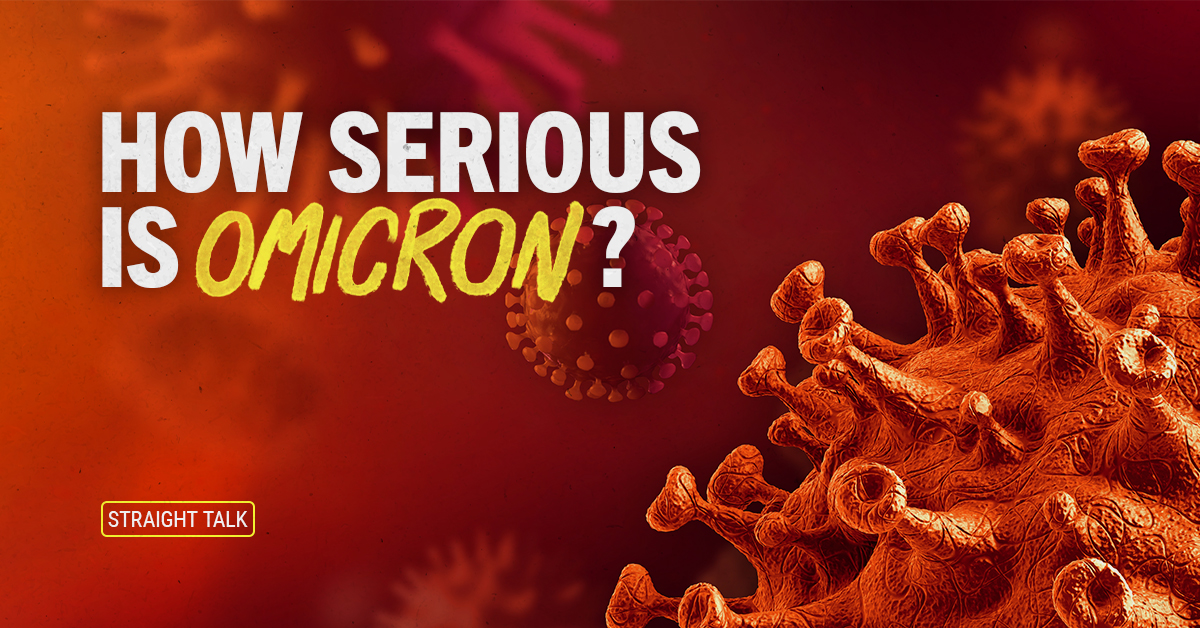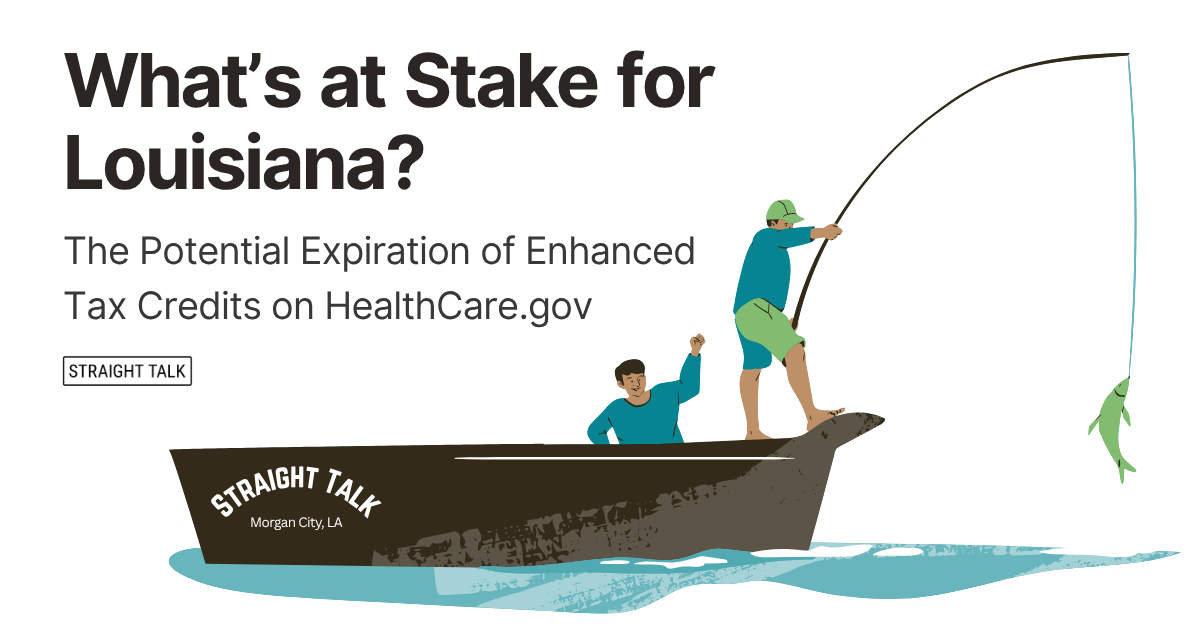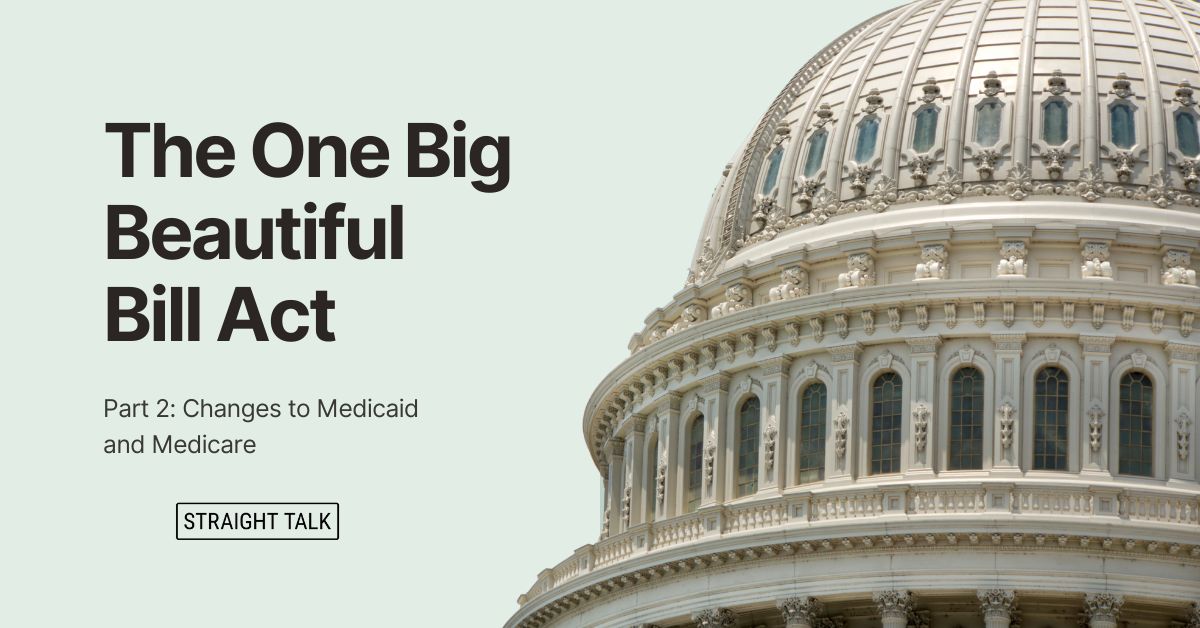Many of you have complained to me over the past few months about how tough it is to get solid, useful data about the latest COVID-19 variant, omicron. That’s the one causing this current wave in Louisiana.
As if the different variants weren’t confusing enough, it turns out there is more than one version of omicron. So far, it appears they are not much different in severity. Add “COVID-fatigue” to all these variants to keep up with and it can be a real bummer. I know!
Let’s take a minute and see if we can pull together all that we know into some trustworthy and useful data, shall we? It’s kind of my mission in life, to get you the real, useful data on these things.
I Got COVID-19… AGAIN!
What really separates omicron from delta and the other COVID-19 variants we’ve seen is how easily it spreads. My personal experience is a good example of that.
I went to two high school basketball games. I was masked the entire time and never got within 10 feet of anyone. Those were my only two forays into anywhere crowded during the week I got infected, yet I still caught COVID-19. I guess calling the virus “airborne” is a fair statement. Omicron is easy to catch.
I was triple-vaccinated (two doses of Pfizer plus a booster) and had COVID-19 in October 2020, but I caught it again, anyway. The good news is I had almost no symptoms at all: no fever, no loss of taste and smell, no body aches – just a little sinus trouble and a slight headache for a day or two. The docs tell me people who aren’t vaccinated, even the ones who have already had COVID-19, are not doing as well with omicron as I did. But you know me, I want the hard data. Let’s start with something easy to measure, like people with COVID-19 who are in the hospital.
Here’s a current graph:

You can see that this wave, which began in earnest right before Christmas, it still going strong, although the number of people in the hospital is on its way down. A couple of important points about this data you might find meaningful:
- For those of you concerned about “with COVID-19” versus “because of COVID-19,” roughly 80% of those hospitalized are there because they caught COVID-19. The other 20% are hospitalized for a different reason and tested positive for COVID-19 while there. But the majority of patients in the hospital right now are undergoing a potentially lengthy, potentially very expensive stay directly because of what COVID-19 is doing to them.
- About two thirds of the people in the hospital, according to one Louisiana hospital system, were people who had chosen NOT to get vaccinated. Another 30% were vaccinated, but not boosted during this wave. There is simply no repeatable, scientific evidence to suggest that vaccination, including boosters when advised, is not protecting to the people who get the shots. It is.
- This wave grew faster than any previous wave and will end up being the third worst in terms of number of people hospitalized on any day.
- We are just starting to see the deaths from omicron because the average time between someone being hospitalized and then dying of COVID-19 is longer than in earlier waves.
Speaking of deaths from omicron:

According to the U.S. Centers for Disease Control & Prevention (CDC), the unvaccinated are 68 TIMES more likely to be in the above graph than those who are fully vaccinated and boosted. That data is from November 2021, when omicron was gaining a foothold. Think about that for a minute. It essentially means that for every ONE vaccinated person who died during this COVID-19 wave, there were 68 UNVACCINATED people who died. That should make the decision to get vaccinated and/or boosted a no-brainer.
You can see from the above graph that it took three solid weeks of accelerated hospitalizations before deaths began to follow. That 30 deaths-per-day average is VERY high compared to the other waves. It has just started to ease off in the data now, but it’s really too soon to know for sure if that means deaths are slowing down. For weeks, we had hospitalized folks with severe COVID-19 who were just hanging on. Once that group got to around 21-24 days in hospital, they began to die. We do have better medications and protocols to treat COVID-19 now than we did last year or in 2020, but people are still dying from this virus, mainly because of lack of vaccination. Omicron shows us COVID-19 is still a very dangerous health thread, especially to the unvaccinated.
There is another enhanced risk that we must mention, because COVID-19 is especially hard on diabetics. Roughly 40% of ALL the people COVID-19 has killed so far were either Type 1 or Type 2 diabetics. Louisiana has plenty, plenty of people with diabetes – over 14% of our adult population! Think about that: put 20 Louisiana adults in a room, and odds are 3 of them will be diabetics! And COVID-19 is super hard on them.
The other really important thing that we are still studying is the impact of “Long COVID” on many people’s health. We don’t have a firm grasp on what long-term effects COVID-19 has on the people it infects in the months or even years following infection. The Cleveland Clinic is doing a large, study of long-term COVID-19 patients, and they observe the following symptoms that can persist for MONTHS after being infected:
- Fatigue
- Shortness of breath
- Cough
- Joint pain
- Chest pain
- Memory, concentration, or sleep problems
- Muscle pains or headache
- Fast or pounding heartbeat
- Loss of taste or smell that doesn’t return
- Depression or anxiety
- Fever
- Vertigo
- Symptoms that worsen after a walk or run
- Organ damage that persists
- Temporary paralysis
Whew! That’s quite a list! There is also strong emerging evidence in separate studies that shows vaccinated people are much less likely to end up with Long COVID-19. One study showed getting vaccinated cut that risk by 50%! Another showed that vaccinated people were no more likely to get Long COVID-19 than people who never HAD COVID-19! Either way, vaccination wins.
The Straight Talk is, we all have to take omicron seriously by getting vaccinated and boosted at the appropriate time. It can save you from a lot of long-term pain, damage and aggravation, even if you end up catching COVID-19. It’s still the best defense we have.





Always informative Mike! Thank you……
Happy to help! Not all the way out of the woods just yet!
mrb